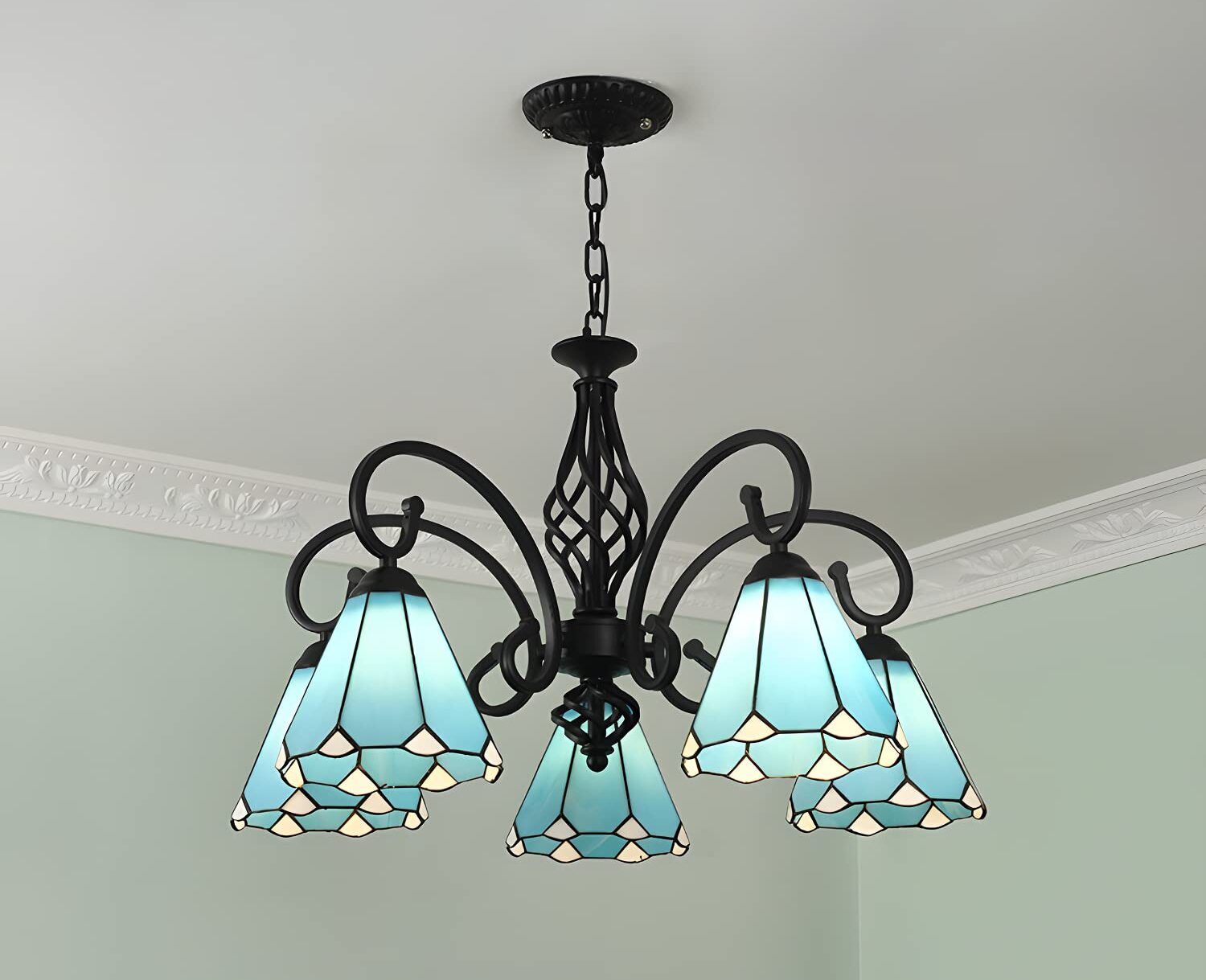

Furniture
How Much Is A Tiffany Chandelier Worth
Modified: April 23, 2024
Discover the value of a Tiffany chandelier and how it can enhance your furniture collection. Explore the worth and significance of this exquisite piece.
(Many of the links in this article redirect to a specific reviewed product. Your purchase of these products through affiliate links helps to generate commission for Storables.com, at no extra cost. Learn more)
Introduction
Tiffany chandeliers are known for their exquisite beauty and timeless elegance. These iconic lighting fixtures have been sought after for decades, gracing the homes of the affluent and becoming highly desirable collectibles. If you have a Tiffany chandelier or are considering purchasing one, you may be wondering about its value and worth.
In this article, we will explore the factors that contribute to the value of a Tiffany chandelier and help you understand how much it might be worth. From the history of Tiffany chandeliers to the materials used and the current market trends, we will delve into the world of these luminous works of art.
But before we dive into the details, let’s take a moment to appreciate the artistry and craftsmanship behind these chandeliers. Tiffany chandeliers are the creations of Louis Comfort Tiffany, a renowned designer and artist who brought a new level of sophistication to lighting design in the late 19th and early 20th centuries.
Tiffany’s chandeliers are known for their elaborate and intricate designs, featuring vibrant stained glass shades and intricate metalwork. Each piece is meticulously crafted, resulting in a stunning display of color and light that adds a touch of luxury to any space.
Now, let’s explore the fascinating history of Tiffany chandeliers and how their value is determined.
Key Takeaways:
- Tiffany chandeliers are highly valued for their rarity, intricate designs, and premium materials, making them sought after by collectors and enthusiasts for their timeless beauty and investment potential.
- Evaluating the worth of a Tiffany chandelier involves considering factors such as rarity, design, materials, condition, and provenance. Seeking expert appraisal and staying informed about market trends are crucial for making informed decisions.
Read also: 11 Unbelievable Tiffany Chandelier for 2024
History of Tiffany Chandeliers
The history of Tiffany chandeliers dates back to the late 19th century when Louis Comfort Tiffany established his renowned design studio, Tiffany Studios, in New York City. Tiffany, the son of Charles Lewis Tiffany, founder of Tiffany & Co., had a passion for art and design that led him to create some of the most exceptional works in the decorative arts.
With a background in painting and interior design, Tiffany set out to revolutionize the world of lighting. He sought to elevate the ordinary chandelier into a true work of art, blending elements of painting, sculpture, and craftsmanship into his unique creations.
Tiffany chandeliers quickly gained popularity among the elite, as their exquisite beauty and innovative design captured the imagination of the era. They became a symbol of luxury and sophistication, adorning the grandest mansions, hotels, and theaters.
One of the most distinctive features of Tiffany chandeliers is their stunning stained glass shades. Tiffany pioneered new techniques in glassmaking, creating intricate patterns, textures, and colors that were unmatched at the time. Each piece of stained glass was hand-cut and meticulously fitted into a leaded framework, resulting in a mesmerizing play of light and color when illuminated.
Throughout his career, Tiffany produced a wide range of chandelier designs, from the elaborate and ornate to the more subdued and minimalist. Many of his designs were inspired by nature, with motifs such as flowers, insects, and landscapes dominating his work. These naturalistic motifs added a sense of organic beauty and harmony to his chandeliers.
Unfortunately, Tiffany Studios closed its doors in 1932, marking the end of an era in lighting design. However, the legacy of Tiffany chandeliers lives on, and they continue to be highly sought after by collectors and enthusiasts around the world.
Now that we’ve explored the rich history of Tiffany chandeliers, let’s delve into the factors that influence their value.
Factors Affecting the Value of Tiffany Chandeliers
The value of a Tiffany chandelier is influenced by several key factors that collectors and appraisers take into consideration. Understanding these factors will help you determine the worth of your chandelier and make informed decisions when buying or selling one.
Rarity and Design: One of the primary factors that affect the value of a Tiffany chandelier is its rarity and design. Some designs were produced in limited quantities or were unique creations, making them highly sought after by collectors. Chandeliers with rare or intricate designs will typically command a higher price.
Materials Used: The materials used in a Tiffany chandelier also impact its value. The highest quality chandeliers were crafted using premium materials, such as Favrile glass, a type of iridescent glass developed by Louis Comfort Tiffany. Chandeliers made with rare or exotic materials, such as bronze or brass, can also have higher value.
Condition: The condition of a Tiffany chandelier plays a crucial role in determining its value. Chandeliers in pristine condition, with minimal wear, damage, or restoration, will generally command a higher price. On the other hand, chandeliers with significant damage or missing parts may have reduced value unless they can be restored by an expert.
Provenance: The provenance, or the documented history of ownership and authenticity, can greatly impact the value of a Tiffany chandelier. Chandeliers with a known and traceable provenance, such as those originally owned by notable individuals or displayed in prestigious locations, may have higher value due to their historical significance.
Evaluating the Worth of a Tiffany Chandelier: Determining the exact worth of a Tiffany chandelier can be challenging due to the various factors involved. Consulting with a reputable appraiser who specializes in Tiffany chandeliers is highly recommended. They will consider factors such as the rarity, design, materials, condition, and provenance to provide an accurate valuation of your chandelier.
With a thorough understanding of the factors affecting the value of Tiffany chandeliers, let’s explore the process of appraisal and valuation in more detail.
Rarity and Design
Rarity and design are two crucial factors that significantly impact the value of a Tiffany chandelier. The unique and intricate designs created by Louis Comfort Tiffany make these chandeliers highly sought after by collectors and enthusiasts alike.
Tiffany chandeliers were produced in various designs and styles, ranging from the bold and elaborate to the delicate and minimalist. Each design showcased Tiffany’s exceptional artistic vision and attention to detail, making them true works of art.
Some designs were created in limited quantities, making them rare and highly desirable. For example, the “Wisteria” design, featuring cascading trails of vibrant glass flowers, is considered one of the rarest and most sought-after Tiffany chandeliers. Other rare designs include the “Dragonfly,” “Peacock,” and “Laburnum” chandeliers, each with its own unique charm and aesthetic appeal.
The complexity and intricacy of the design also play a role in the value of a Tiffany chandelier. Chandeliers with intricate patterns, detailed metalwork, and a harmonious blend of colors will generally command a higher price. These designs require exceptional skill and craftsmanship to create, making them all the more valuable.
While Tiffany’s chandeliers were often inspired by nature, he also experimented with geometric patterns and abstract designs. Some chandeliers feature geometric shapes, such as squares, triangles, or circles, arranged in a visually striking manner. These designs exhibit Tiffany’s versatility as a designer and cater to different aesthetic preferences.
It’s important to note that the value of a Tiffany chandelier may also be influenced by the popularity of the design among collectors and the general market demand. Some designs, though not necessarily rare, may be highly sought after due to their iconic status or historical significance.
When assessing the rarity and design of a Tiffany chandelier, it is advisable to consult with experts or appraisers who specialize in Tiffany lamps and lighting. They will have the knowledge and experience to determine the scarcity of a particular design and its impact on the chandelier’s value.
Now that we have explored the significance of rarity and design in determining the value of a Tiffany chandelier, let’s examine another influential factor – the materials used.
Materials Used
The materials used in the creation of a Tiffany chandelier greatly contribute to its value and overall appeal. Louis Comfort Tiffany was known for his meticulous attention to detail and use of high-quality materials, ensuring that his chandeliers were not only visually stunning but also built to last.
One of the most distinctive features of Tiffany chandeliers is the use of stained glass. Tiffany pioneered innovative techniques in glassmaking, creating a wide array of vivid, translucent, and iridescent glass colors that were unmatched during his time.
The type of glass used in a Tiffany chandelier can significantly impact its worth. The most coveted glass variety used by Tiffany is Favrile glass, a term derived from the Old English word for “handmade.” Favrile glass was characterized by its rich and iridescent colors, as well as its delicate wavy patterns and textures.
Additionally, Tiffany incorporated various textured and opalescent glasses in his chandeliers, adding depth and visual interest to the overall design. These glasses were carefully selected to create the desired effect when illuminated, enhancing the beauty and allure of the chandelier.
Aside from glass, Tiffany chandeliers also feature intricately designed metalwork. The metals used, such as bronze or brass, contribute to both the aesthetics and durability of the chandelier. Tiffany’s metalwork often showcased detailed motifs and patterns, further enhancing the overall visual appeal of the chandelier.
It is worth noting that the quality of the materials used can vary among Tiffany chandeliers. Some chandeliers were made with rare or exotic materials, while others utilized more commonly available materials. Chandeliers crafted with rare or exceptional materials, such as Tiffany’s famous “Turtleback” tiles or opalescent glass mosaics, may have a higher value due to their rarity and uniqueness.
Furthermore, the condition of the materials is crucial in determining a Tiffany chandelier’s value. Chandeliers in pristine condition, with minimal aging or deterioration of the glass or metalwork, will generally command a higher price than those with significant damage or restoration.
When assessing the materials used in a Tiffany chandelier, it is essential to consult with experts or appraisers who have in-depth knowledge of Tiffany lamps and lighting. They will be able to identify the specific materials used and judge their quality, rarity, and condition.
Now that we have explored the significance of materials used in determining the value of a Tiffany chandelier, let’s turn our attention to another critical factor – the condition of the chandelier.
Read more: How To Tell If A Chandelier Is Worth Money
Condition
The condition of a Tiffany chandelier plays a crucial role in determining its value. A chandelier in excellent condition, with minimal wear, damage, or restoration, will generally command a higher price in the market. On the other hand, chandeliers that are in poor condition or have significant damage may have a reduced value unless they can be expertly restored.
When assessing the condition of a Tiffany chandelier, there are several aspects to consider:
- Glass Condition: Examining the glass components of the chandelier is essential. Look for any chips, cracks, or repairs in the stained glass shades. Damage to the glass can greatly impact the chandelier’s value, as replacing or matching original Tiffany glass can be challenging and costly.
- Metalwork Condition: Inspecting the metalwork is also important. Look for any signs of corrosion, dents, or missing parts. The metal components of a Tiffany chandelier, such as the framework, arms, and decorative elements, should be in good condition and retain their original finish.
- Electrical Wiring: Check the wiring and electrical components of the chandelier. If the chandelier is still in its original state, it may not meet modern safety standards. In such cases, it is advisable to consult with a professional electrician to ensure proper functioning and compliance.
- Restoration: Restoration can affect a Tiffany chandelier’s value. While some restoration work may be necessary to restore the chandelier to its original glory, excessive or poorly executed restoration can diminish its worth. Original components and finishes should be preserved as much as possible. Any restoration work should be done by experts with experience in Tiffany chandelier restoration.
In general, collectors and buyers prefer Tiffany chandeliers that retain their original condition and have minimal restoration. Chandeliers that have been well-maintained over the years, with minimal signs of age and wear, will hold their value better than those with extensive damage or alterations.
If you have a Tiffany chandelier in need of restoration, it is crucial to consult with reputable restoration professionals who specialize in Tiffany lamps and lighting. They have the expertise and knowledge to properly assess, restore, and preserve the chandelier’s original condition.
Now that we have explored the significance of the chandelier’s condition, let’s move on to another influential factor – the provenance of a Tiffany chandelier.
When determining the value of a Tiffany chandelier, consider factors such as its age, condition, rarity, and provenance. It’s also important to research recent sales of similar pieces to get an idea of its current market value.
Provenance
The provenance of a Tiffany chandelier refers to its documented history of ownership and authenticity. A chandelier with a clear and traceable provenance often carries more value and prestige in the market. Provenance provides valuable insights into the chandelier’s history, previous owners, and potential historical significance.
Chandeliers with notable provenance can have increased value due to their association with well-known individuals, prestigious locations, or significant events. For example, a Tiffany chandelier that once adorned a historic mansion or was commissioned for a prominent public building may have a higher value due to its historical context and provenance.
Collectors and buyers often seek chandeliers with provenance because it adds a layer of authenticity and authenticity brings added value. It provides assurance that the chandelier is an original Tiffany creation, rather than a replica or imitation. Provenance can come in the form of original labels, markings, or documentation that can verify the chandelier’s authenticity.
When assessing the provenance of a Tiffany chandelier, several factors are considered:
- Documentation: Look for any original invoices, receipts, or correspondence that can authenticate the chandelier’s provenance. These documents should provide details such as the chandelier’s purchase date, previous owners, or any significant events associated with it.
- Notable Owners: Chandeliers that were once owned by notable individuals, such as celebrities, prominent collectors, or historical figures, can hold added value. The connection to a well-known owner can make the chandelier more desirable and elevate its prestige.
- Association with Prestigious Locations: Chandeliers that were originally installed in prestigious locations, such as hotels, theaters, or public buildings, can have higher value. The historical significance and grandeur associated with these locations enhance the chandelier’s provenance and desirability.
- Expert Authentication: Consulting with experts or appraisers who specialize in Tiffany lamps and lighting can provide valuable insights into a chandelier’s provenance. They can examine the chandelier for any unique markings, signatures, or characteristics that authenticate its origin.
It is important to note that while provenance can add value to a Tiffany chandelier, it is not the sole determining factor. The rarity, design, materials, and condition of the chandelier still play crucial roles in its overall worth.
If you have a Tiffany chandelier with a documented provenance, it is advisable to include this information when seeking an appraisal or when selling the chandelier. Buyers and collectors are often willing to pay a premium for chandeliers with a notable history.
Now that we have explored the significance of provenance in determining the value of a Tiffany chandelier, let’s move on to the process of evaluating its worth.
Evaluating the Worth of a Tiffany Chandelier
Evaluating the worth of a Tiffany chandelier requires a comprehensive assessment of various factors, including rarity, design, materials, condition, and provenance. Taking these factors into account will help determine the chandelier’s market value and provide insights for buying, selling, or insuring it.
Here are the key steps involved in evaluating the worth of a Tiffany chandelier:
Research and Reference: Begin by researching the specific design and style of the chandelier. Look for similar chandeliers that have been sold in the past or are currently on the market. Reference auction records, reputable antique dealers, and online marketplaces to get an idea of the price range for chandeliers of similar caliber.
Consultation with Experts: Seek the advice of experts or appraisers who specialize in Tiffany lamps and lighting. They possess in-depth knowledge and experience in assessing the value of Tiffany chandeliers. An expert appraisal will provide a detailed evaluation of the chandelier, taking into account its rarity, design, materials, condition, and provenance.
Consideration of Rarity and Design: Assess the rarity of the chandelier’s design. Chandeliers with limited production or unique features will typically have a higher value. Consider the intricacy, beauty, and visual appeal of the design as it contributes to the overall worth of the chandelier.
Evaluation of Materials: Examine the materials used in the chandelier, including the quality and condition of the stained glass shades and metalwork. Evaluate the rarity of materials, such as Favrile glass or unique metal alloys, as they can impact the chandelier’s value.
Assessment of Condition: Carefully inspect the chandelier for any signs of damage, wear, or restoration. A chandelier in excellent condition, with minimal restoration and well-preserved original components, will generally command a higher value.
Consideration of Provenance: If the chandelier has a documented provenance, take it into account during the evaluation process. Provenance adds historical significance and authenticity, which can enhance the chandelier’s value.
Market Demand: Consider the current market trends and demand for Tiffany chandeliers. Factors such as collector interest, shifts in taste, and overall demand for Tiffany lighting can influence the chandelier’s worth.
Remember that the evaluation of a Tiffany chandelier’s worth is subjective and can vary based on individual preferences and market dynamics. Therefore, it is recommended to consult with multiple experts and gather different opinions to obtain a well-rounded assessment.
Once you have a thorough understanding of the chandelier’s worth, you can make informed decisions regarding selling, insuring, or adding it to your collection.
Now, let’s explore the process of appraisals and valuations for Tiffany chandeliers in more detail.
Appraisal and Valuation
Obtaining a professional appraisal and valuation for a Tiffany chandelier is essential to accurately determine its worth. An expert appraiser who specializes in Tiffany lamps and lighting will thoroughly examine the chandelier and consider various factors to provide an accurate valuation.
Here is an overview of the appraisal and valuation process:
Research and Examination: The appraiser will conduct extensive research and analysis on the specific chandelier, taking into account its design, materials, condition, and provenance. They will closely examine the chandelier, assessing its authenticity, quality, and any unique features that may impact its value.
Comparative Market Analysis: The appraiser will reference recent sales records, auction results, and market trends to establish a price range for similar Tiffany chandeliers. This analysis provides a benchmark against which the chandelier’s value can be assessed.
Evaluation of Rarity and Design: The appraiser will evaluate the rarity and design of the chandelier, considering factors such as limited production, unique features, and aesthetic appeal. Chandeliers with rare or highly sought-after designs will typically have higher values.
Assessment of Materials: The appraiser will assess the quality, condition, and rarity of the materials used in the chandelier’s construction. They will consider the type of glass, metalwork, and any other embellishments to determine their impact on the chandelier’s worth.
Condition Evaluation: The appraiser will meticulously examine the chandelier’s condition, identifying any damage, restoration, or alterations. Chandeliers in excellent original condition will generally have higher values, while those requiring significant restoration may have reduced worth.
Provenance Assessment: If the chandelier has documented provenance, the appraiser will review the historical significance and authenticity of the chandelier’s ownership history. Provenance can enhance the value of the chandelier, particularly if it is associated with famous individuals or prestigious locations.
Valuation Report: The appraiser will compile all the gathered information and provide a comprehensive valuation report. This report will typically include a description of the chandelier, its historical background, an assessment of its value, and supporting documentation.
It is important to note that the appraised value can fluctuate over time due to market conditions and changing collector preferences. Therefore, it is advisable to regularly update the appraisal to stay informed about the chandelier’s current value.
When seeking an appraisal and valuation for a Tiffany chandelier, it is crucial to choose a reputable appraiser who has extensive experience in evaluating Tiffany lamps and lighting. Their expertise and knowledge will ensure an accurate and reliable assessment of the chandelier’s worth.
Now, let’s explore the current market trends for Tiffany chandeliers.
Read more: How Much Is A Used Recliner Worth
Current Market Trends
Tiffany chandeliers continue to be highly sought after by collectors, enthusiasts, and interior designers. The market for these exquisite lighting fixtures has seen some notable trends in recent years.
Increasing Demand: The demand for Tiffany chandeliers has been steadily increasing. As more people become aware of their timeless beauty and craftsmanship, the desire to own a genuine Tiffany chandelier continues to grow. This demand is fuelled by both seasoned collectors and individuals looking to add a touch of luxury and elegance to their homes.
Collector Focus: Collectors play a significant role in driving the market for Tiffany chandeliers. They seek rare, unique designs, and examples with exceptional craftsmanship. Collectors value chandeliers with provenance, as they add historical significance and can provide a connection to a specific period or notable event.
Importance of Originality: The emphasis on originality has become increasingly crucial in the market for Tiffany chandeliers. Buyers and collectors prefer chandeliers with all original components, including glass shades, metalwork, and electrical fittings. Chandeliers that have been well-preserved and maintained in their original condition retain higher value than those that have undergone extensive restoration or modifications.
Attention to Condition: Buyers are placing greater importance on the condition of Tiffany chandeliers. Chandeliers in excellent condition, with minimal wear, damage, or restoration, are highly sought after and can command premium prices. Collectors and buyers are willing to pay a premium for chandeliers that have been well-preserved over the years.
Investment Potential: Tiffany chandeliers have long been considered a solid investment due to their timeless appeal and limited availability. As the market continues to grow, chandeliers by renowned designers like Louis Comfort Tiffany are seen as valuable assets that can appreciate in value over time.
Online Marketplaces: The advent of online marketplaces has made acquiring Tiffany chandeliers more accessible. Platforms like auctions, specialized antique websites, and even social media have expanded the reach of both buyers and sellers, making it easier to find and trade these coveted lighting fixtures.
Design Trends: The design preferences for Tiffany chandeliers have remained diverse. While classic and timeless designs inspired by nature are widely appreciated, there is also a growing interest in more modern and abstract designs that bring a contemporary twist to the traditional Tiffany style. Customization and personalization of designs are also becoming popular.
As with any market, it is essential to stay informed about current trends and market dynamics when buying or selling a Tiffany chandelier. Consultation with experts and conducting thorough research will help ensure you make informed decisions and obtain the best value from your investment.
Now, let’s conclude our exploration of Tiffany chandeliers.
Conclusion
Tiffany chandeliers are timeless masterpieces that captivate with their beauty, craftsmanship, and elegance. These exquisite lighting fixtures have long been coveted by collectors and enthusiasts around the world, making them highly sought after in the market.
In this article, we delved into the history of Tiffany chandeliers, exploring the visionary work of Louis Comfort Tiffany and the impact he had on lighting design. We discussed the factors that influence the value of a Tiffany chandelier, including rarity, design, materials, condition, and provenance.
Understanding these factors is crucial when evaluating and determining the worth of a Tiffany chandelier. Rarity and design play a significant role, with certain designs being highly sought after and considered rare gems. The materials used, such as the vibrant stained glass and intricate metalwork, contribute to both the aesthetics and value of the chandelier. The condition of the chandelier is also important, as well-preserved and minimally restored chandeliers carry higher value. Additionally, the documented history and provenance add authenticity and can enhance the chandelier’s worth.
Evaluating the worth of a Tiffany chandelier involves research, consultation with experts, and a comprehensive assessment of the chandelier’s characteristics. Appraisal and valuation by reputable appraisers specializing in Tiffany lamps and lighting is vital for obtaining an accurate understanding of the chandelier’s value.
The current market trends for Tiffany chandeliers show increasing demand, a focus on originality, and a growing appreciation for chandeliers in excellent condition. The investment potential of Tiffany chandeliers also remains strong, making them an attractive choice for collectors and investors alike. Online marketplaces have made it easier to buy, sell, and connect with fellow enthusiasts.
As you navigate the world of Tiffany chandeliers, remember the importance of staying informed, conducting thorough research, and seeking the expertise of professionals. By doing so, you can make informed decisions, whether you are looking to add a Tiffany chandelier to your collection, sell one, or simply appreciate the beauty of these timeless creations.
Now that you have a deeper understanding of Tiffany chandeliers and their worth, you are ready to embark on your journey to explore and appreciate these extraordinary works of art.
Frequently Asked Questions about How Much Is A Tiffany Chandelier Worth
Was this page helpful?
At Storables.com, we guarantee accurate and reliable information. Our content, validated by Expert Board Contributors, is crafted following stringent Editorial Policies. We're committed to providing you with well-researched, expert-backed insights for all your informational needs.
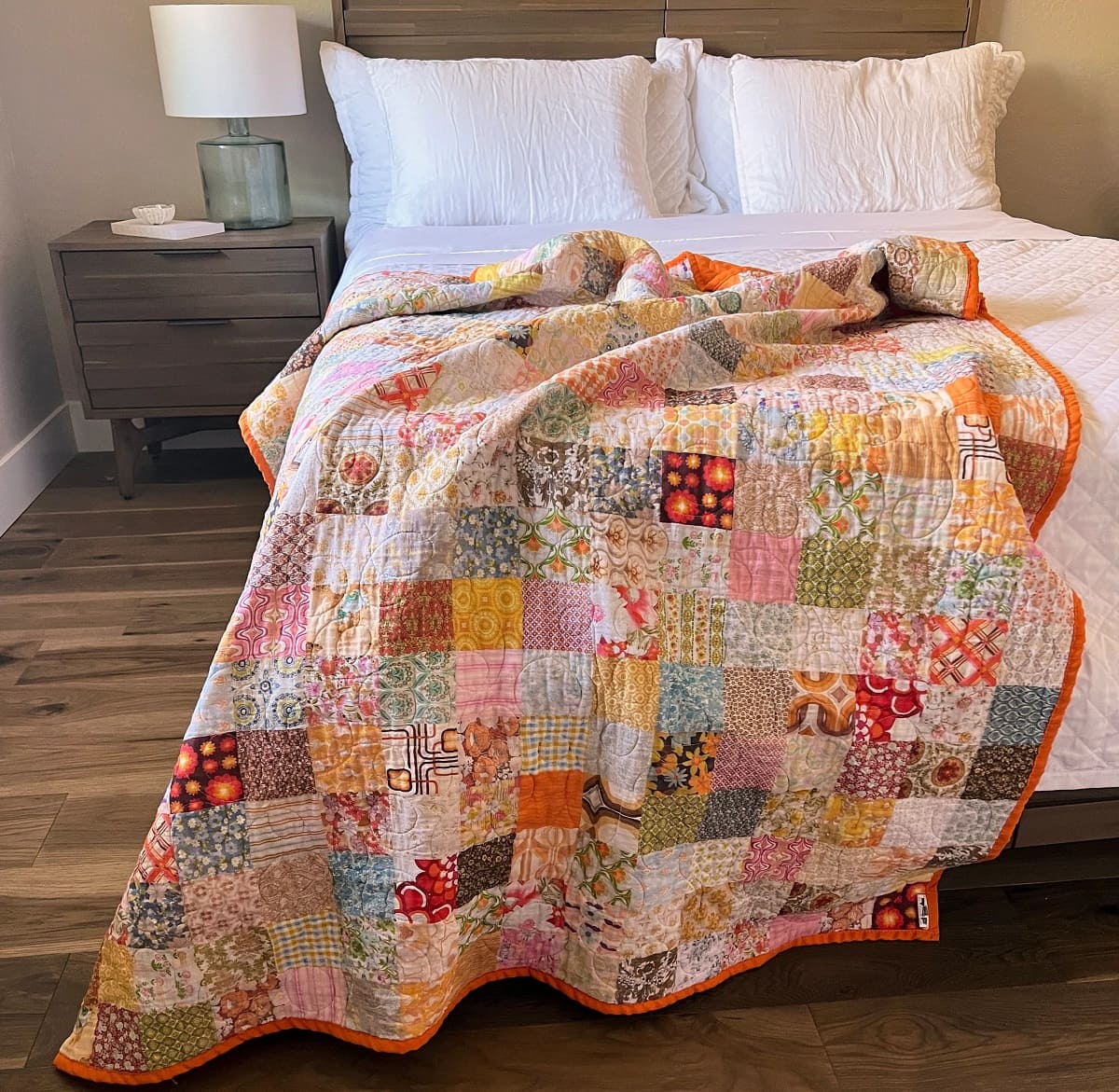
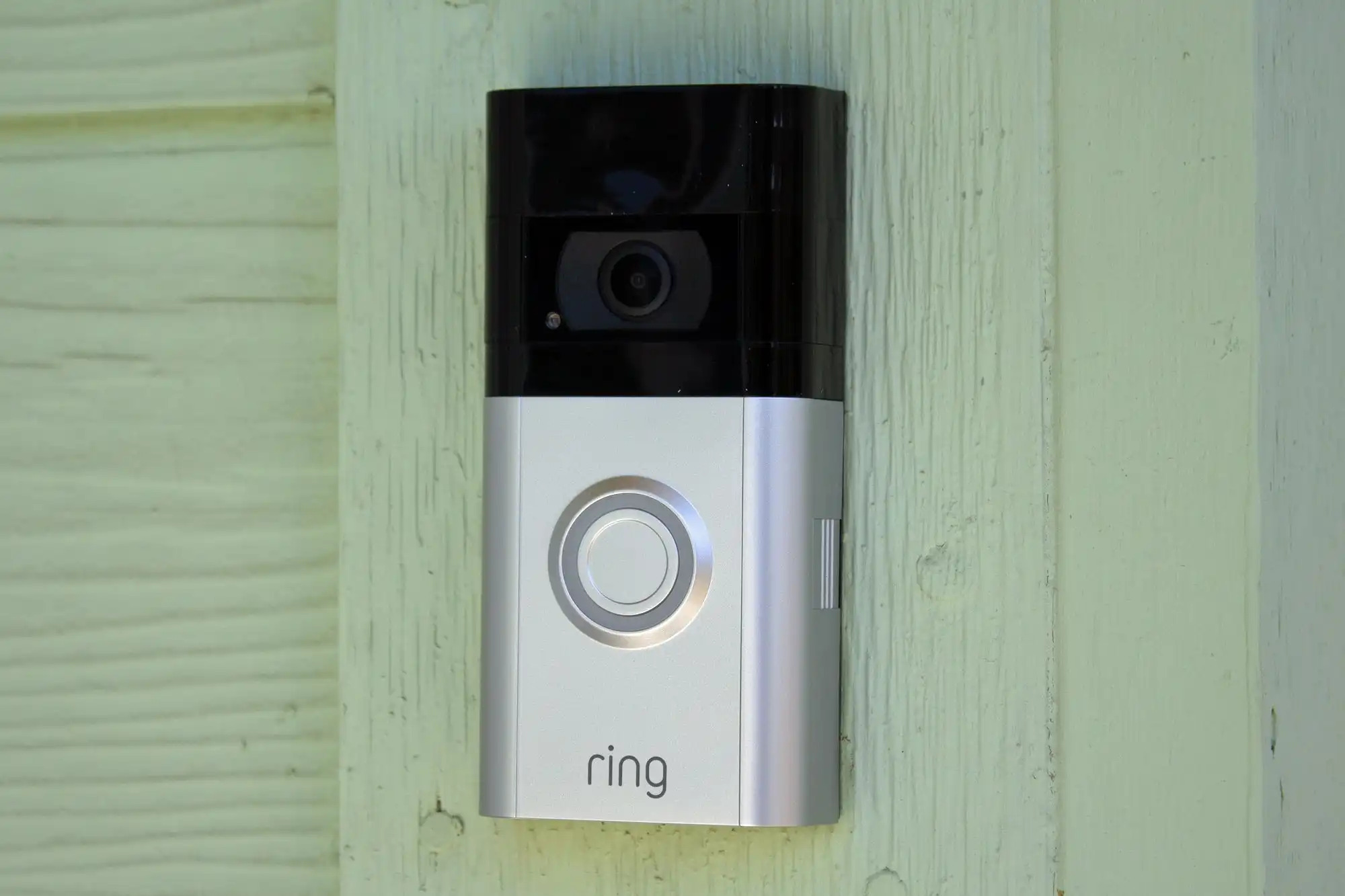
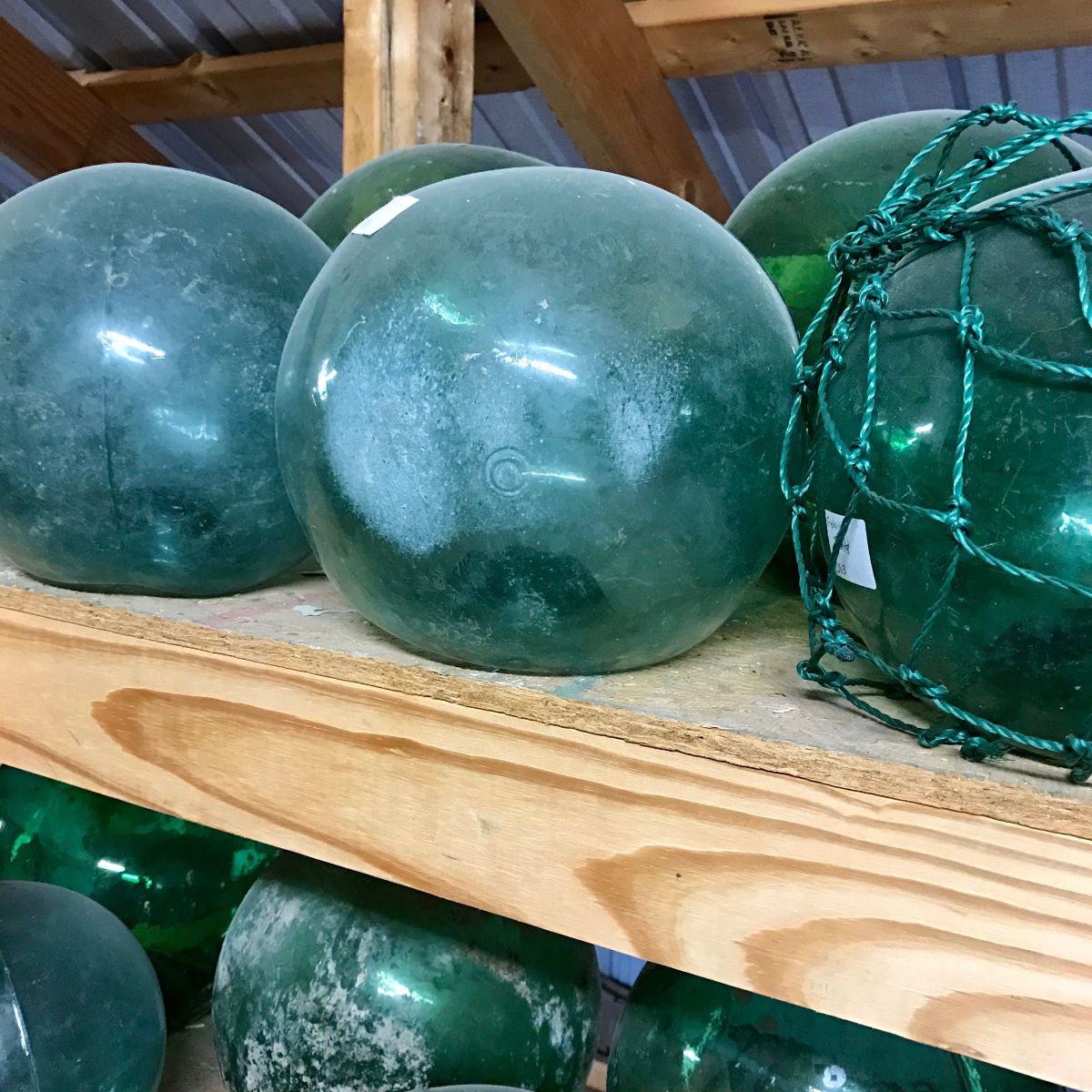
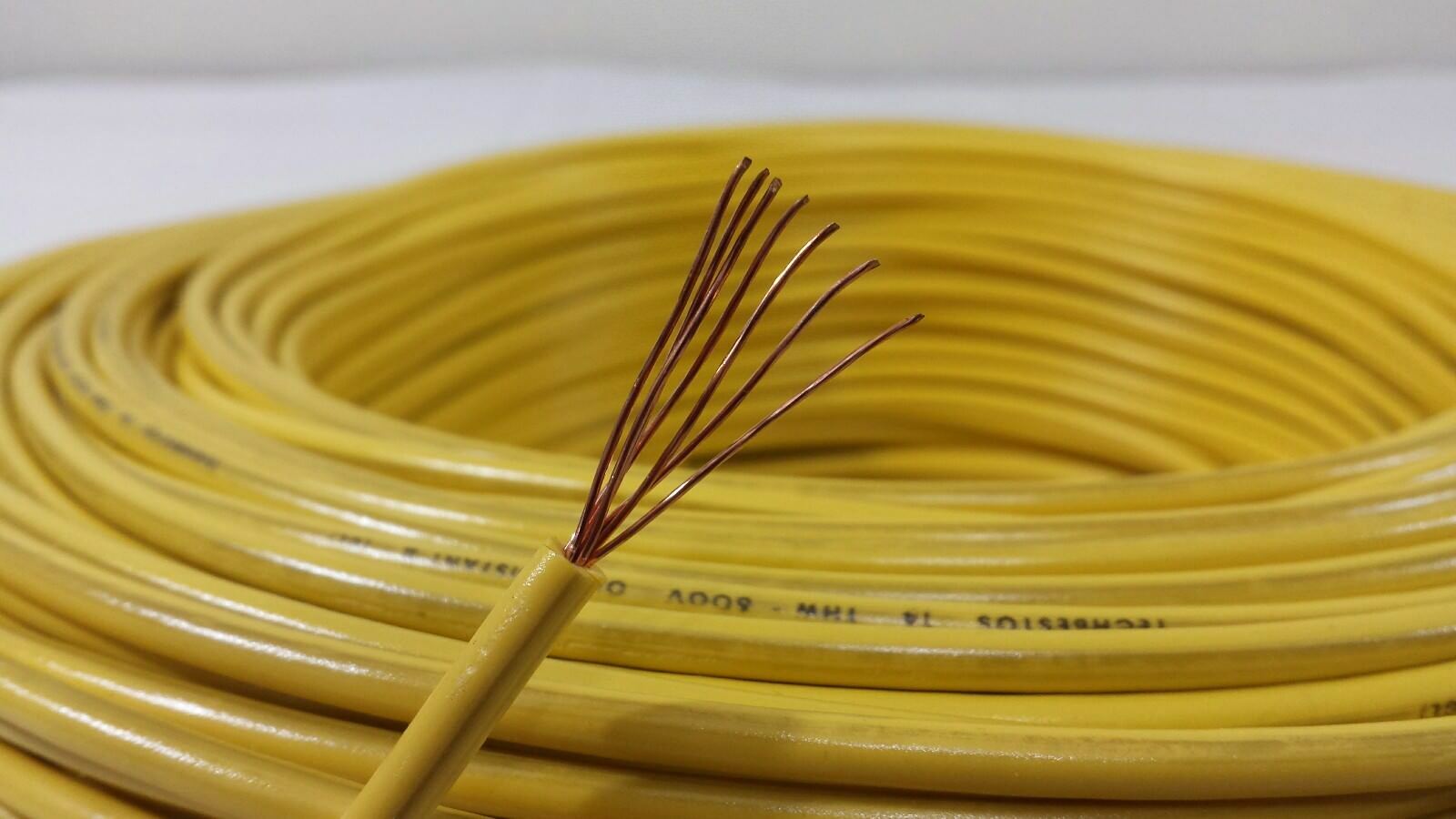
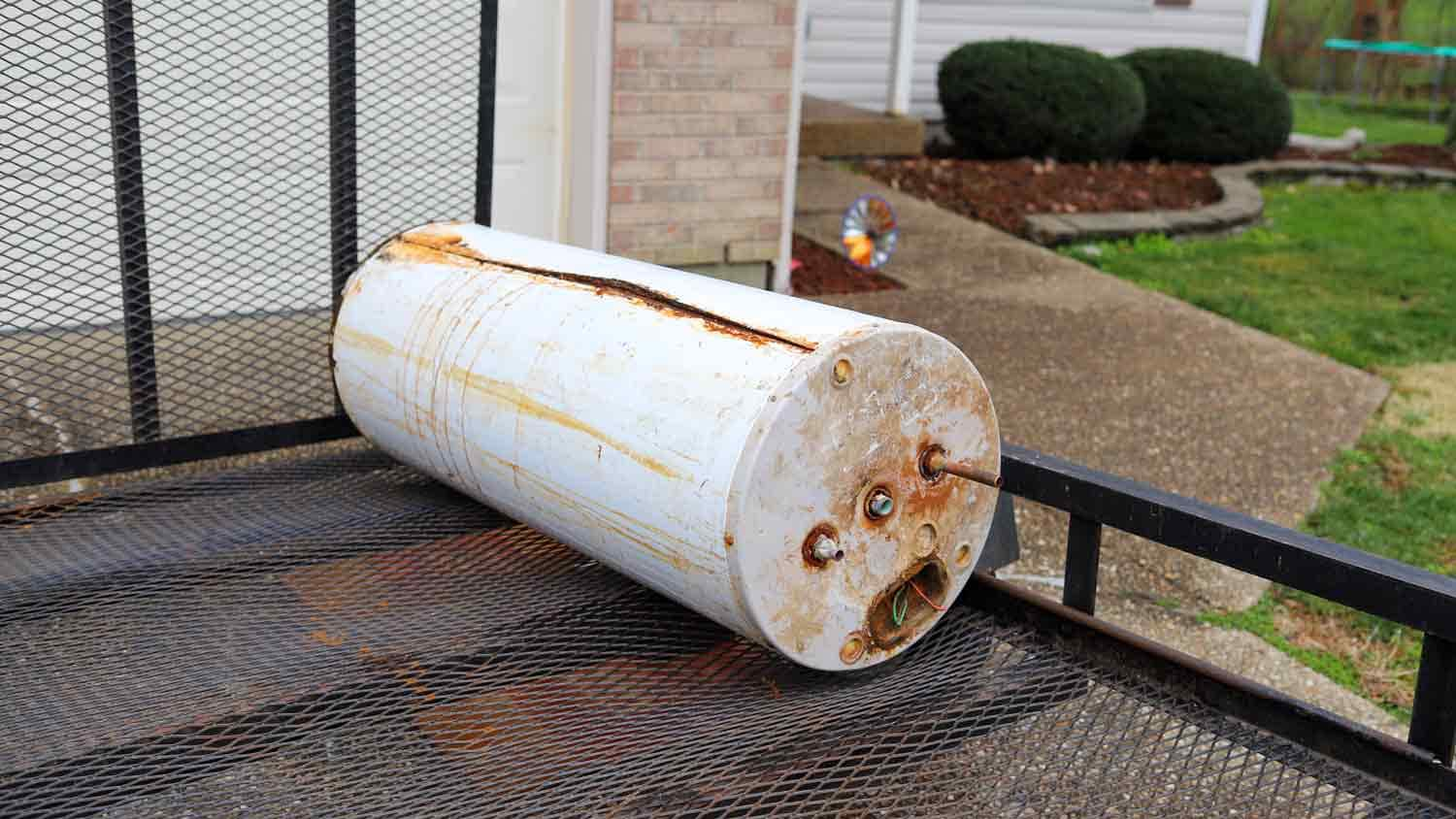
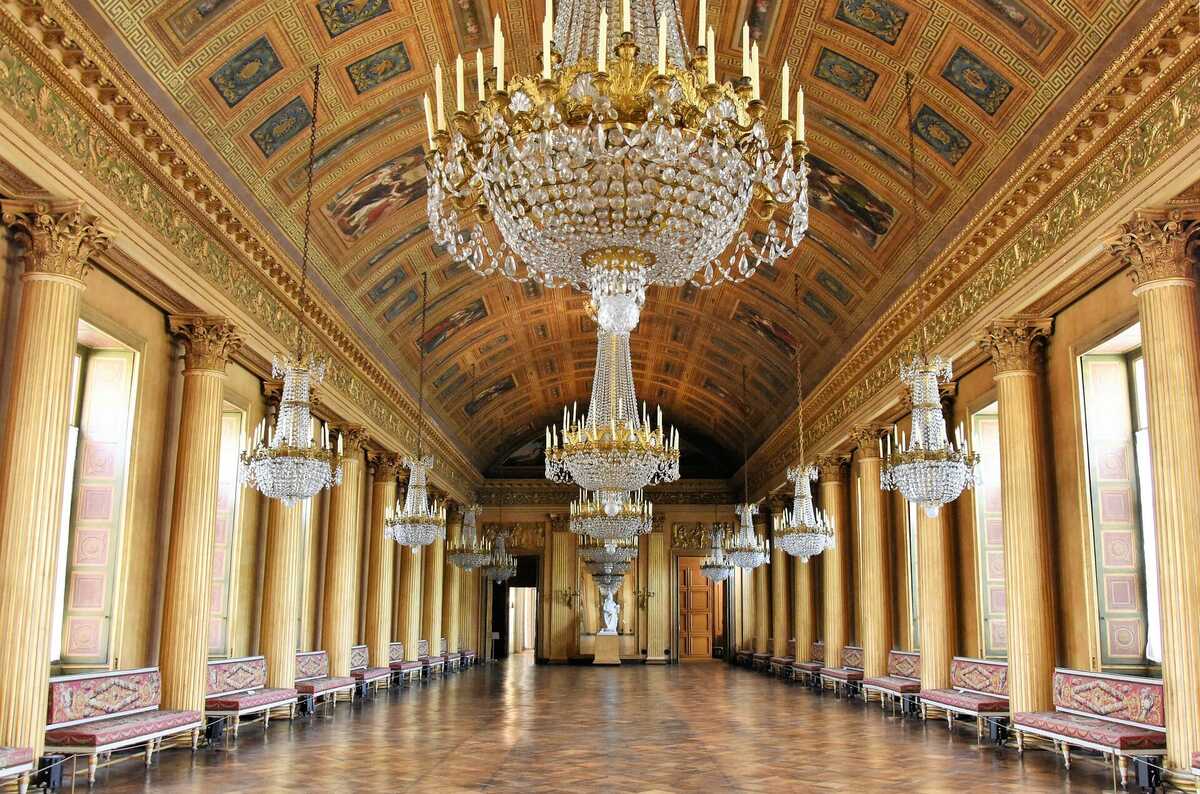


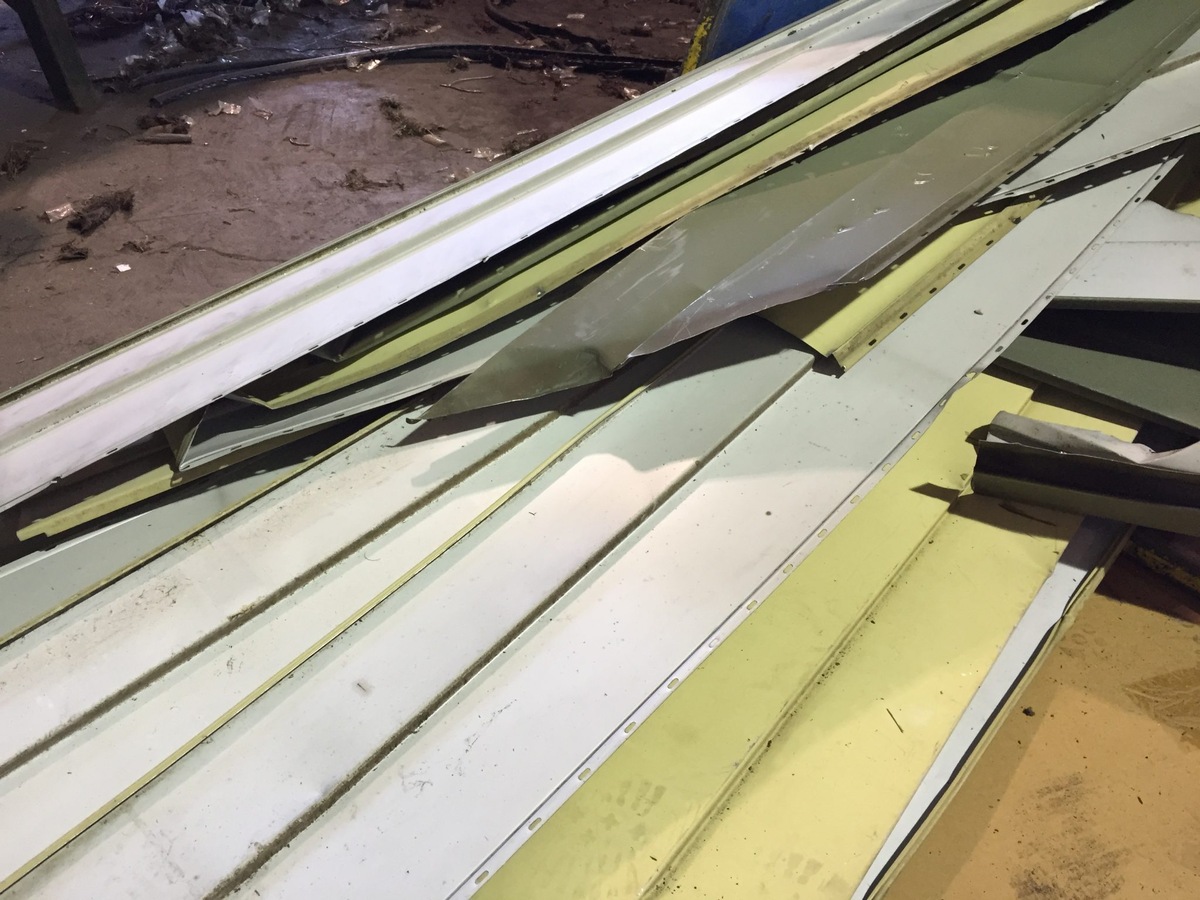
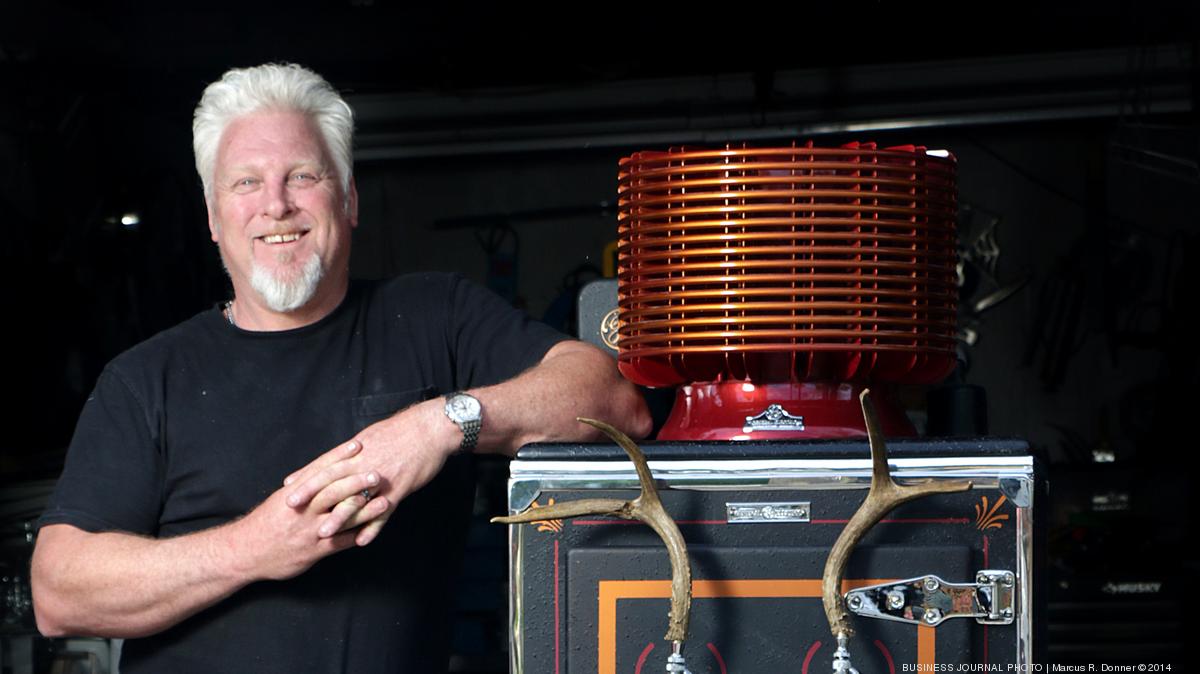
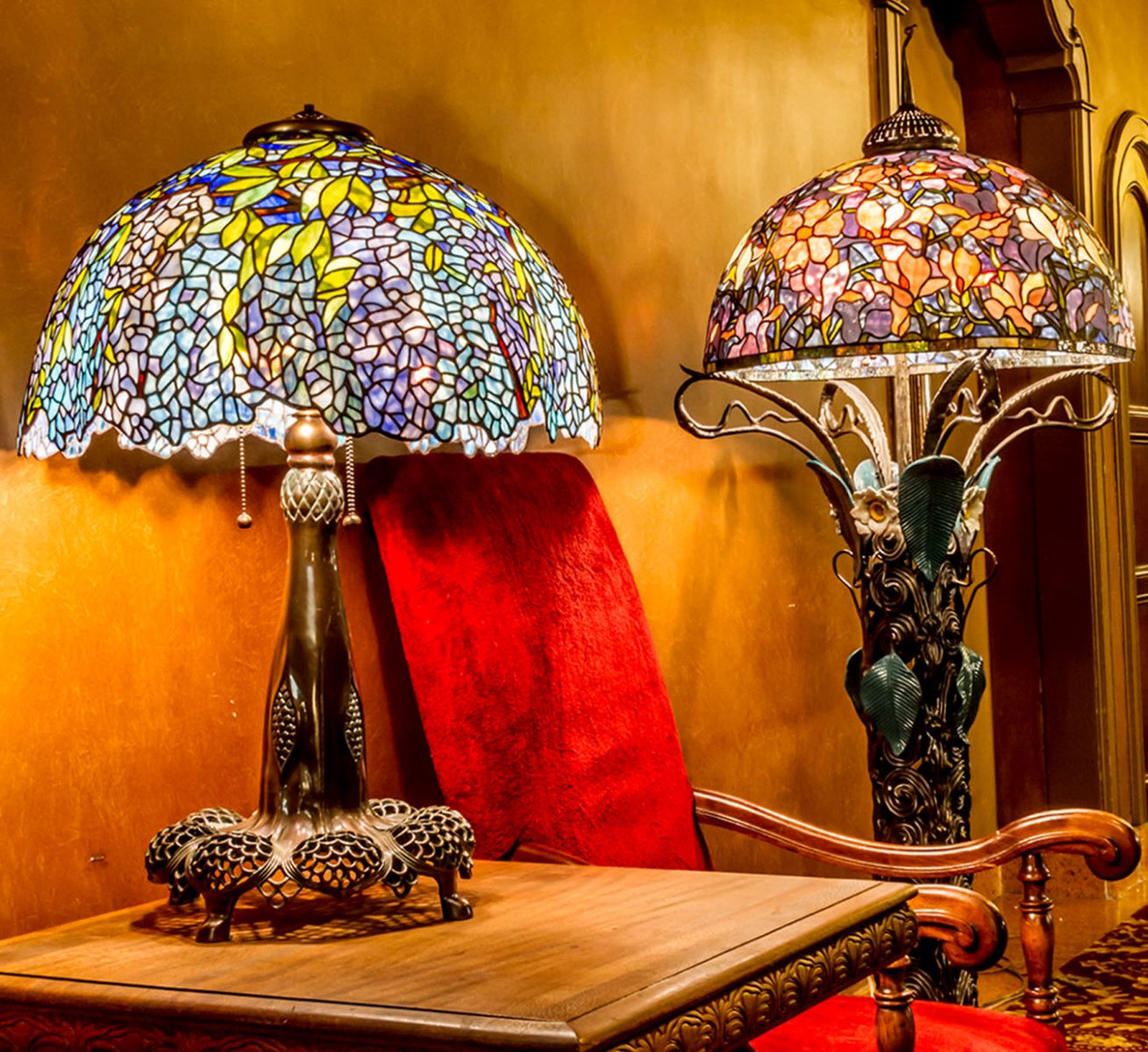
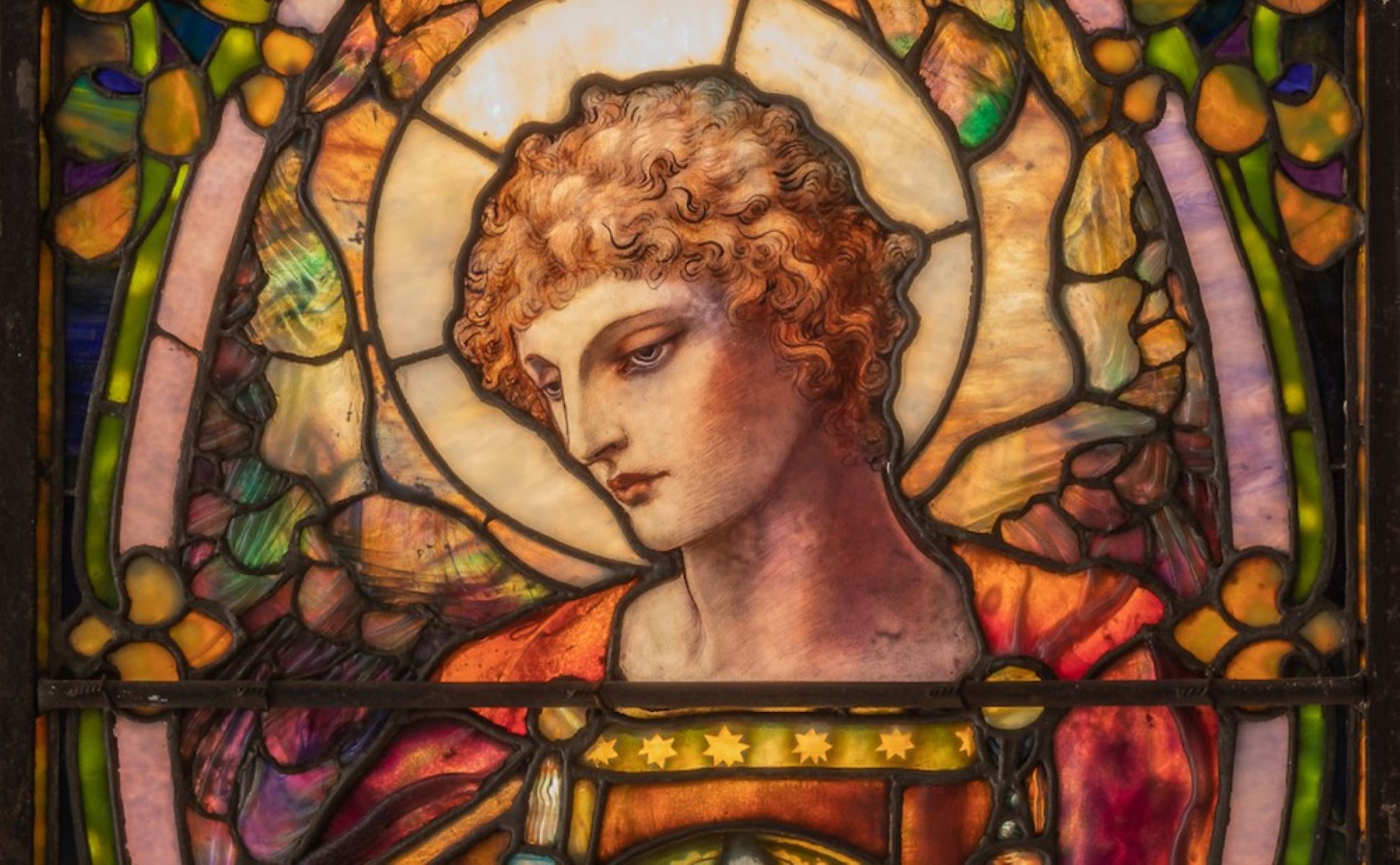
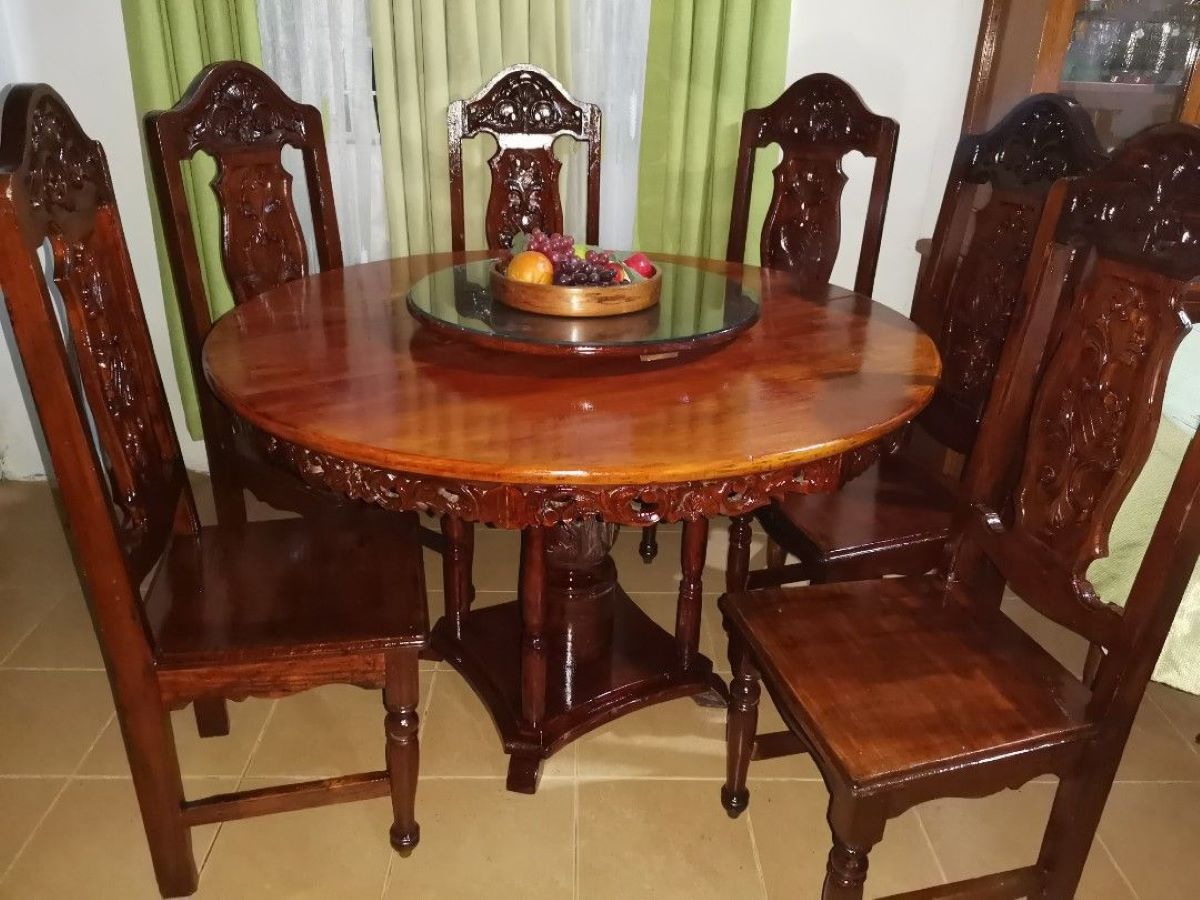

0 thoughts on “How Much Is A Tiffany Chandelier Worth”